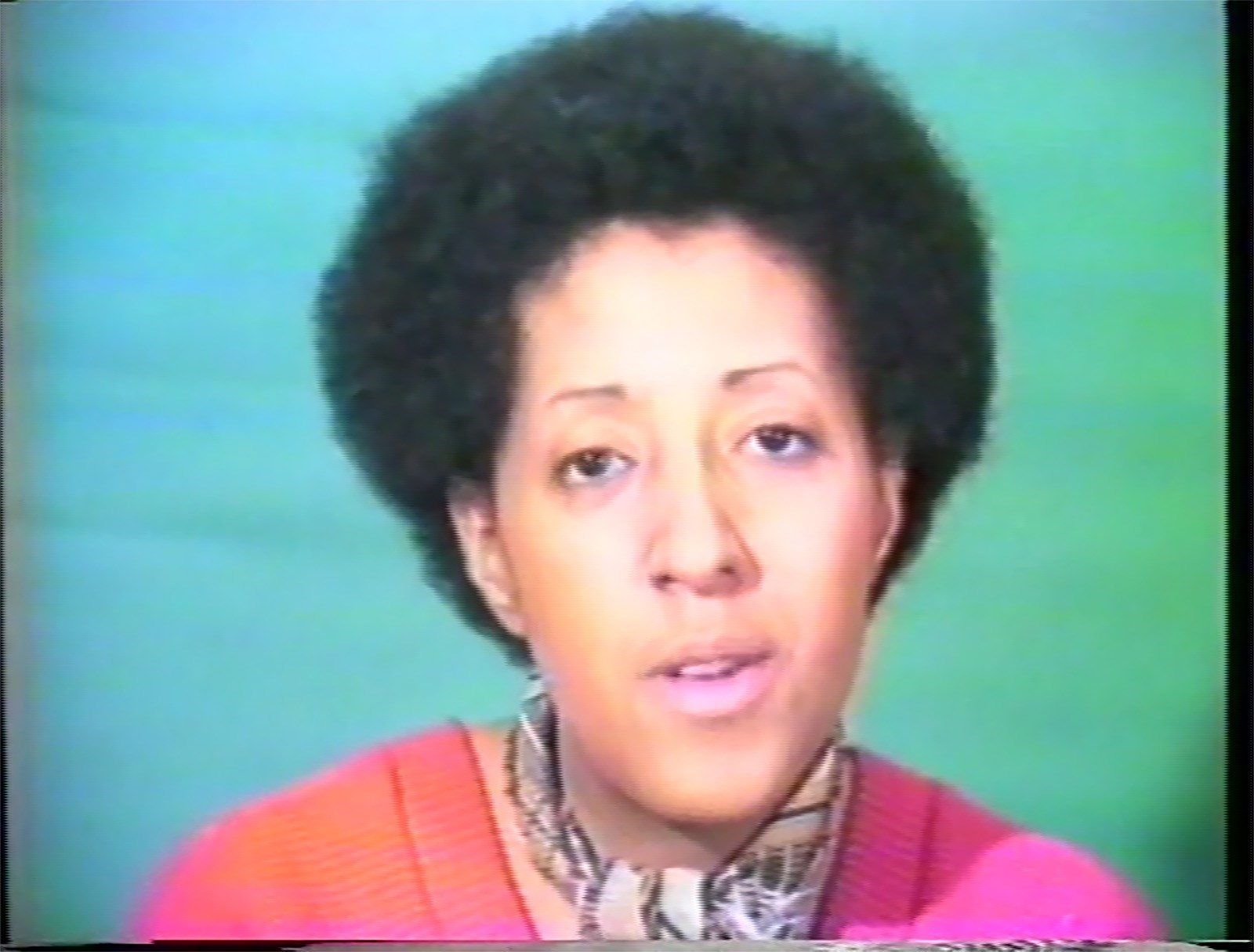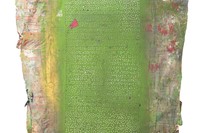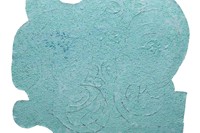Art historian, curator and writer Alayo Akinkugbe is behind the popular Instagram page A Black History of Art, which highlights overlooked Black artists, sitters, curators and thinkers, past and present. In a new column for AnOthermag.com titled Black Gazes, Akinkugbe examines a spectrum of Black perspectives from across artistic disciplines and throughout art history, asking: how do Black artists see and respond to the world around them?
Throughout her six-decade career, New York-based artist Howardena Pindell has been a trailblazer. The first Black woman to become a curator at the Museum of Modern Art (MoMA) in the 1970s, Pindell creates work that addresses issues that are both personal and political: from her own experiences of institutional racism in the art world to intersectional feminism and the climate crisis.
A new exhibition, A New Language at Spike Island in Bristol, brings together works across Pindell’s prolific career. Pindell’s vividly coloured, highly detailed mixed-media paintings and works on paper are displayed alongside films like the iconic Free, White and 21 (1980) made during the feminist art movement in New York, and the more recent Rope/Fire/Water (2020), both of which address the pervasiveness of racial inequality, 40 years apart.
Here, Pindell speaks to AnOther about her mission to challenge people with her politically-motivated work, her childhood experiences of visiting family in a segregated Kentucky, as well as her love of Josef Albers’ colour theory and David Attenborough’s documentaries.
Alayo Akinkugbe: This exhibition gives insight into your practice at various periods in your life, where certain issues may have been more prominent, such as the Aids pandemic, the climate crisis and racial violence. Has it been important to reflect the times at each stage in your practice?
Howardena Pindell: The Aids crisis affected me directly because 13 of my friends and acquaintances died of Aids, and so did my cousin when he was 35. My cousin could pass for white, and when medical personnel thought he was white, they treated him one way, and when they thought he was Black, they treated him another way. That is one of the reasons for the two flags in the work Separate but Equal Genocide: Aids (1991-1992).
I am always concerned about climate change and I want to recommend David Attenborough’s Natural World videos – I’m enthralled by their quality and colour. I have bought a number of his videos and I intend to donate them to a library in an urban environment when I have finished watching them.
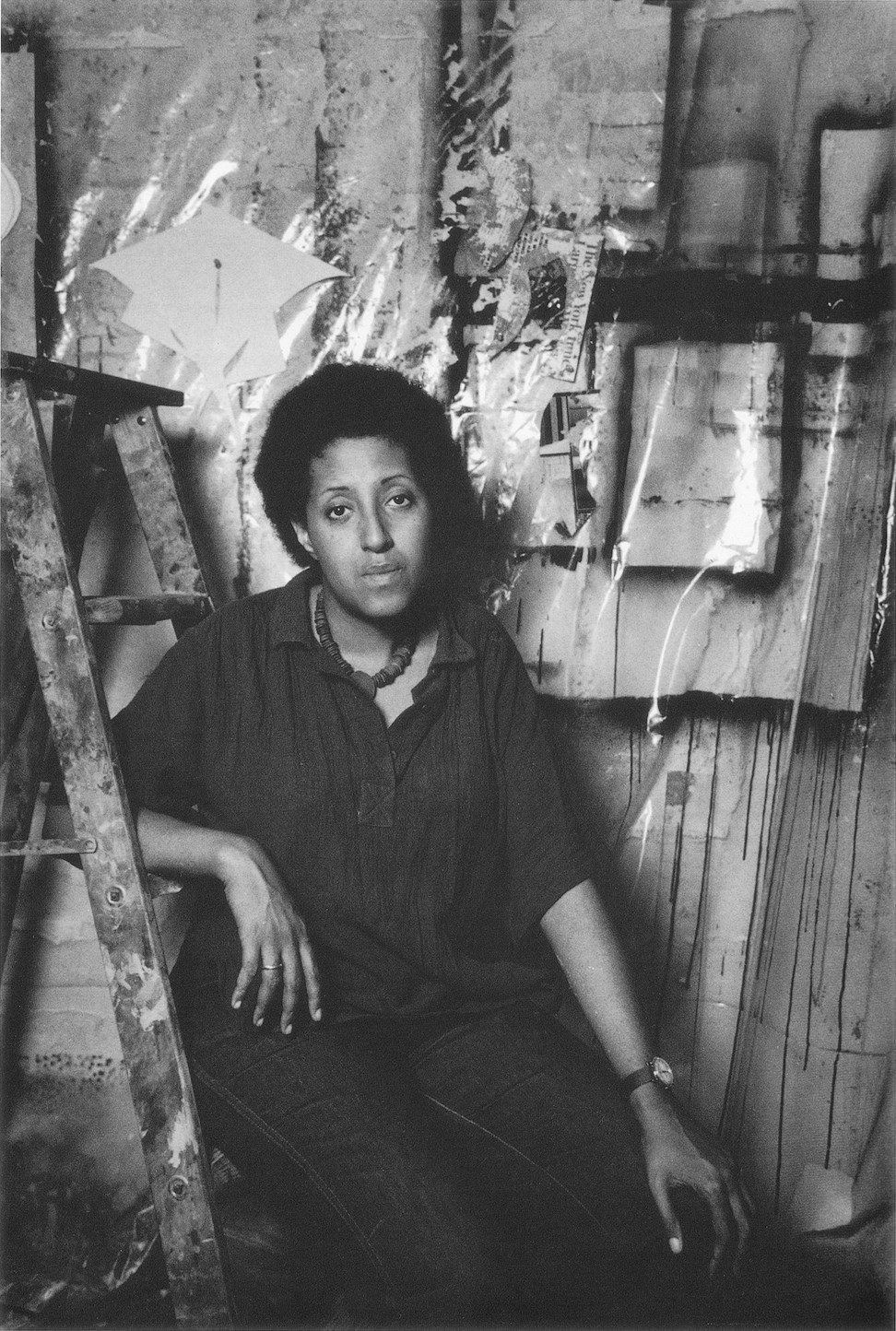
AA: You resigned from MoMA in 1979, having been the first Black woman to work as a curator there, because of issues with institutional racism in the art world. How did that period affect your career?
HP: 1980 was a turning point for me. I had just resigned from MoMA, and an exhibition by a white male artist prompted me to rethink staying under the wing of that part of the art world, which found the exhibition acceptable. The exhibition was held in a publicly funded exhibition space called Artists Space. It was paid for with taxpayers money, by white, Black, Asian and Latino people.
Yet, it had a racial slur against African Americans as its title ‘Ni**** Drawings’. The drawings were made of charcoal, and were abstract. If you called the gallery, a receptionist would say when asked about the title, “the drawings are charcoal and charcoal is Black and Black is the N-word”.
A coalition of Black and white artists gathered outside of the building where the Artists Space was located and tried to protest the exhibition. They called the police and locked the door on us. To criticise a white male artist was considered censorship but the omission of women, Black and white, and men of colour was not considered censorship.
This is really horrible by the way: around the same time, a young white male artist adopted a dog and threw it off a building, filming it as he died. There was barely a ripple in the art world. The racism in the art world drove me out, as I did not want to remain silent.
“I had come close to death and, as a result of finding out that I could have died, I decided to express my opinion about the art world in my work” – Howardena Pindell
AA: Does it remain as important to you to keep addressing the realities of racial inequality today as it was when you made work like Free, White and 21 in 1980?
HP: Yes, because the country is now polarised by political developments and the level of violence in general has gone up. It is now even more important to address racial issues. Racial violence concerns me because of the way it has polarised society, creating hostile reactions to those who are singled out by racism. That includes Asian people, Jewish people, Native Americans, Black and Latinx people and anyone who’s not Christian. There are so many incidents, nowadays, of police violence against non-white people. The violence here in New York has been weird – like people going and shooting people and running people down with their cars. I mean, it’s crazy.
AA: Your work is often autobiographical, and the political is intertwined with the personal. How have your experiences of being an artist evolved over time, with changing social and political attitudes?
HP: My autobiographical work started after I resigned from the MoMA in 1979. I left them in August and started teaching at Stony Brook University in September. The art world at the time was not friendly with people of colour or women. White women were beginning to gain more ground, and were not necessarily concerned about people of colour.
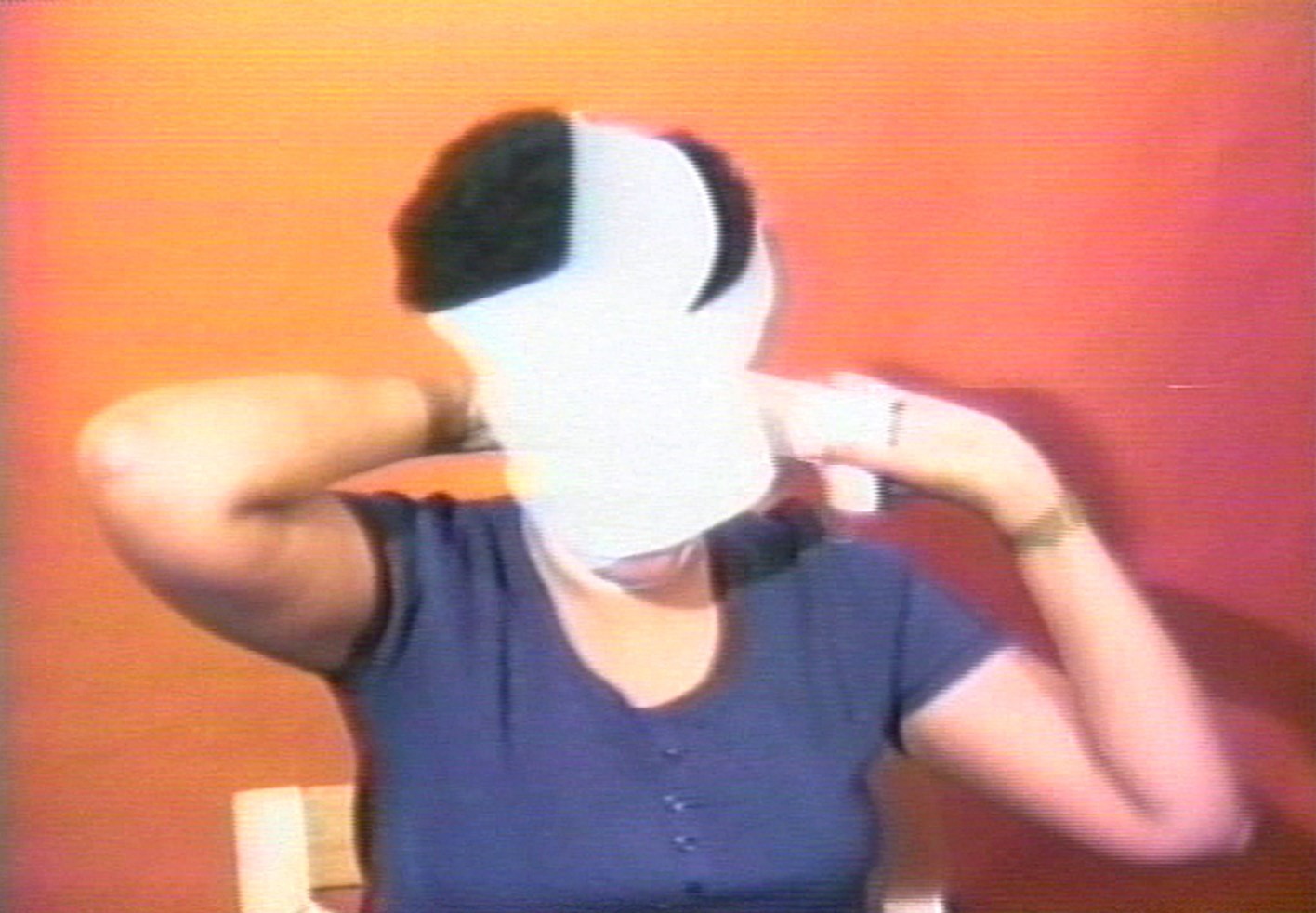
My work became more issue-related after I was in a car accident as a passenger in 1979. I had come close to death and, as a result of finding out that I could have died, I decided to express my opinion about the art world in my work. At this point, I started using text in my work, making it very clear in terms of what the work “meant”.
One of the criticisms I was getting from the critical community was that my work was too specific. They wanted me to be vague. They wanted to be able to figure it out. But I think with issue-related work, I don’t want people to be thinking about what it is – I want the message to be clear.
AA: You studied colour theory while doing your MFA at Yale, and in your abstract paintings, fields of colour take centre stage. Did your experience of studying colour theory have a strong influence on your artistic practice?
HP: Absolutely. Sewell Sillman taught the course. Right after I graduated from Yale, I transitioned away from being a figurative painter. I became obsessed with circles after Yale, and this came from an experience I had as a young child.
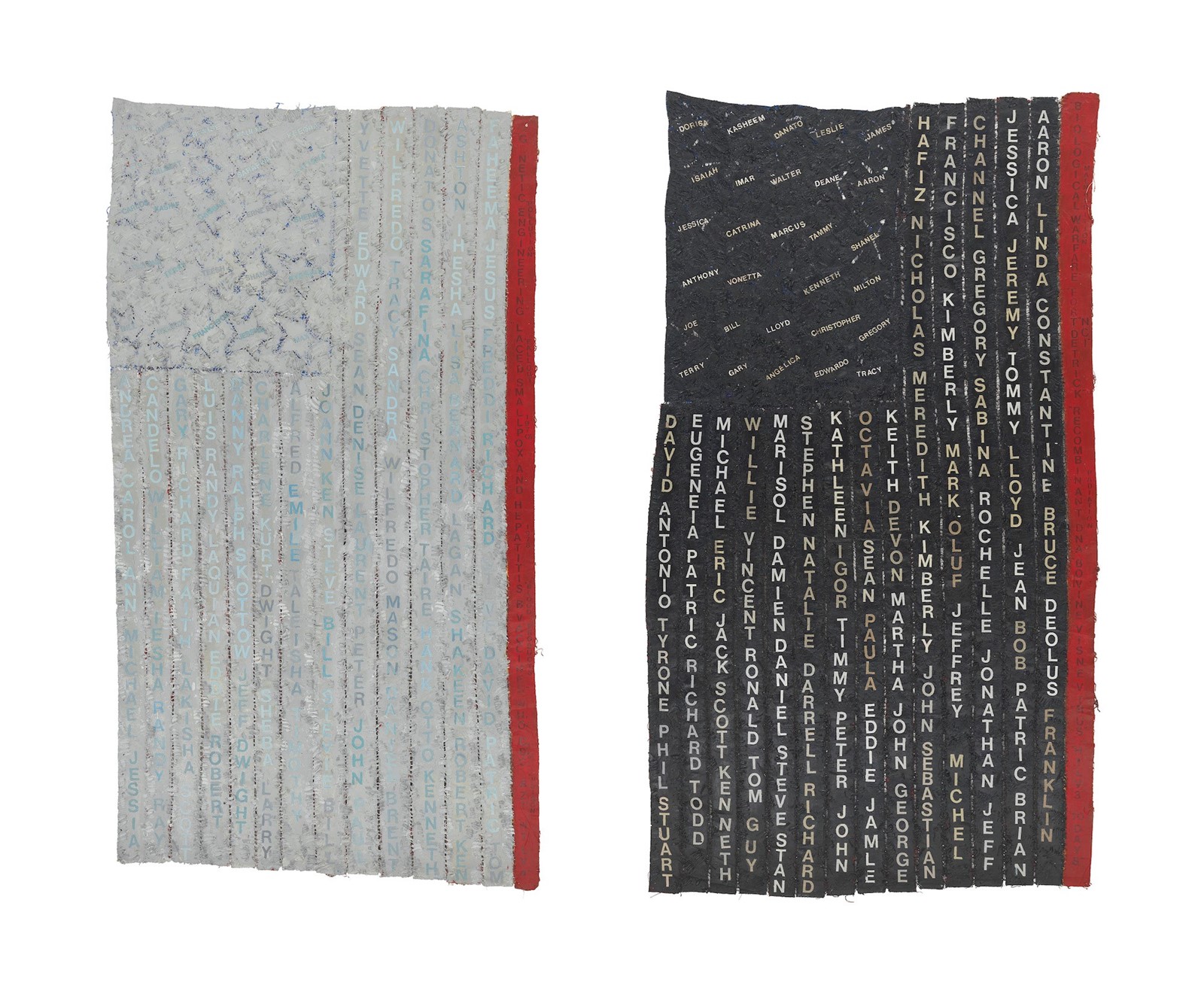
My father and I went to northern Kentucky to visit family; this was during the height of segregation. We went to get root beer, and they gave us glass mugs but on the bottom was a giant red circle. And I said to my father, “What is that?” and he said, “Oh, yeah, that’s because we’re not white.” The silverware and glasses were marked so that we could not share the same dishware as the whites.
Another influence for the circles is that I was given a microscope as a child before I was given a doll. I loved looking at what was swimming around in the drinking water in the 1940s and 1950s. And in Philadelphia, it was really teeming with things.
AA: What do you hope that the audience will take away from this exhibition, which spans decades of your career?
HP: I hope they enjoy the use of colour. And that the issue-related paintings are challenging, in a good way, and help people reflect and care about the world.
A New Language by Howardena Pindell is on show at Spike Island in Bristol until 21 May 2023.
